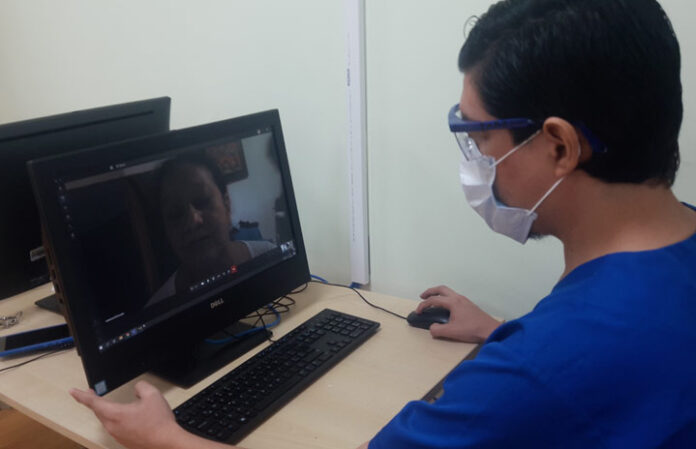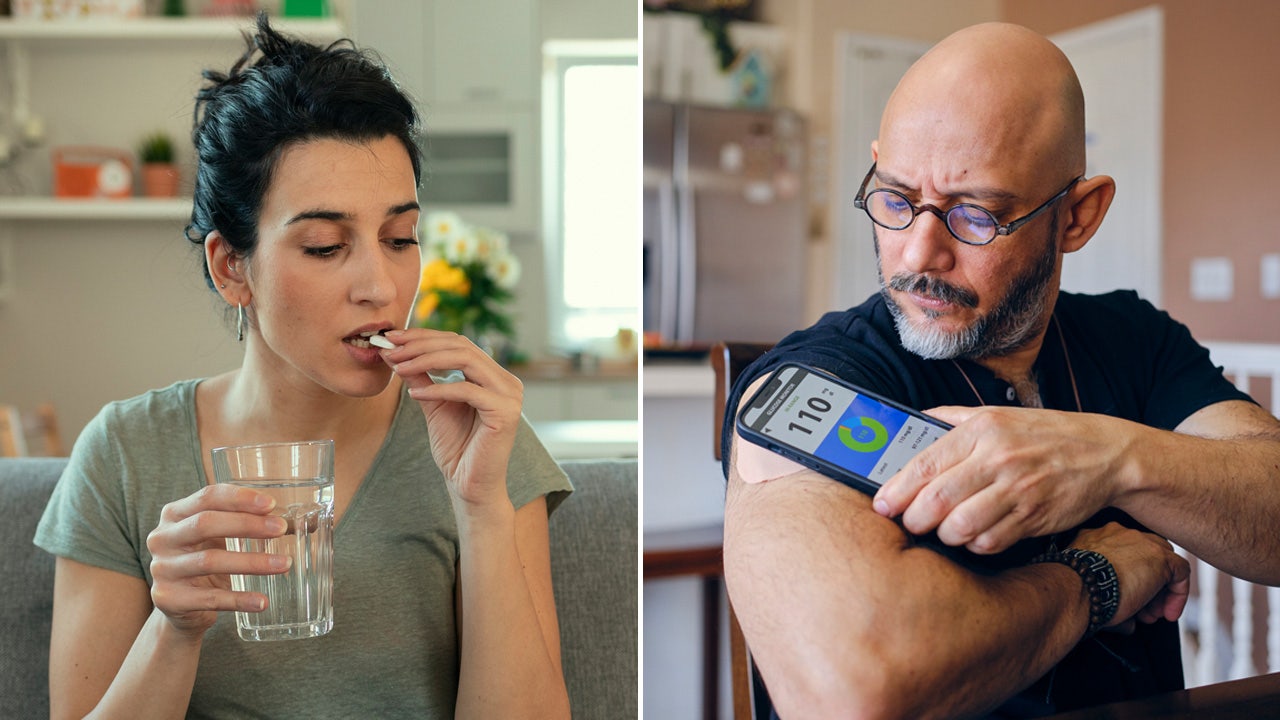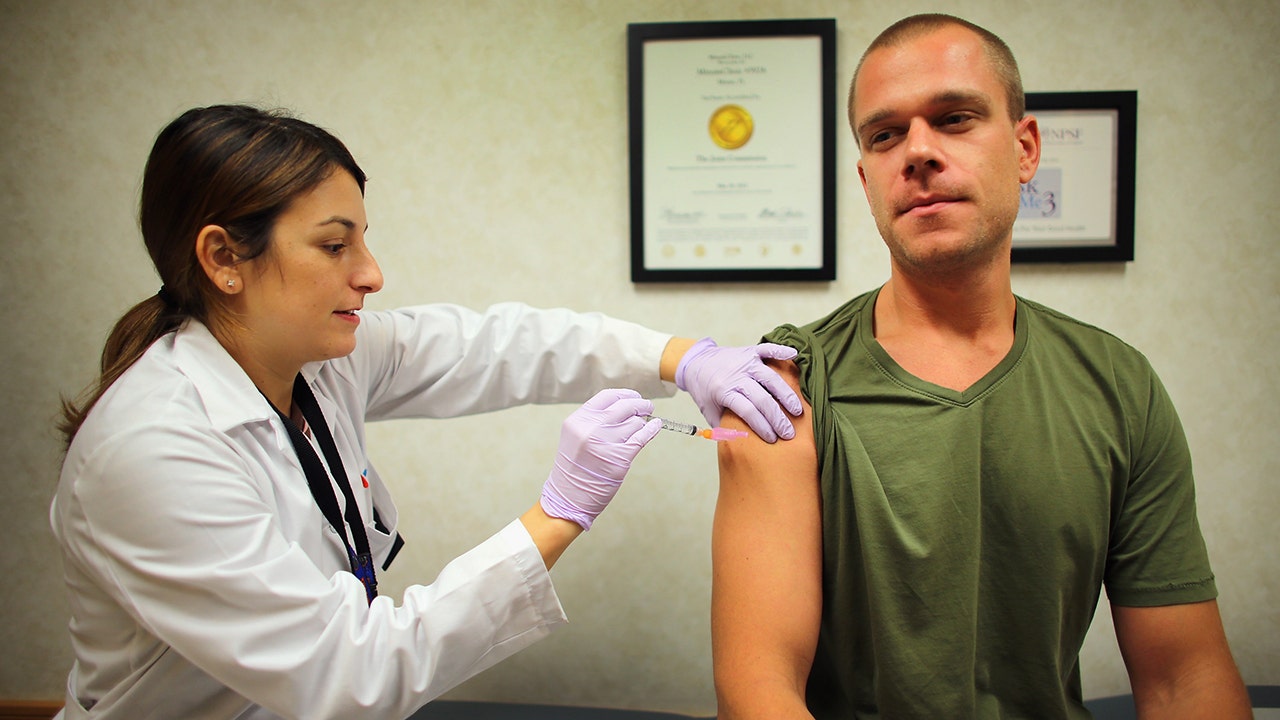Telehealth has rapidly become a cornerstone of healthcare for college students, with a significant 71% of Gen Z reporting they use telehealth services. This is a notable increase compared to 54% of the general population, reflecting the growing trust and reliance on virtual healthcare among younger generations. The trend is particularly strong among tech-savvy students who are often away from home and their primary care providers. For them, telehealth is not just an alternative—it’s the go-to solution for managing their health while at school.
A 2024 study by Hers highlights that this increased adoption of telehealth has correlated with a more positive outlook on health among college students. Seventy-one percent of them identify as “healthy,” and 31% rate their health as “amazing,” outpacing the general population by a significant margin. Moreover, 47% of college students believe their health has improved over the past three years, compared to just 37% of the broader population.
Telehealth has become especially popular for mental health care among this demographic. Sixty-six percent of college students have obtained mental health prescriptions through telehealth platforms, compared to 55% of the general population. This shift aligns with Gen Z’s advocacy for mental health awareness and the desire to reduce the stigma associated with seeking help. Additionally, 68% of students report being emotionally stable, with 43% noting improvements in their mental health over the last three years.
The embrace of telehealth extends beyond mental health, with college students frequently utilizing these services for a variety of needs. Sexual health tops the list, with students increasingly turning to telehealth providers for care in this area. Weight loss products are also popular, with 64% of students purchasing such items through telehealth channels.
Interestingly, this surge in telehealth usage isn’t confined to college campuses. Time-strapped parents are also leading the charge, with 69% of working parents using telehealth services compared to 54% of total respondents, underscoring the broader appeal and accessibility of virtual healthcare.
Hers
50 Cities Ranked By Usage of Telehealth Services
Percentage of residents per city who report using telehealth services.
- Albuquerque, NM, 91%
- Omaha, NE, 70%
- Honolulu, HI, 69%
- Kansas City, KS, 67%
- Little Rock, AR, 66%
- San Diego, CA, 66%
- Providence, RI, 65%
- St. Louis, MO, 65%
- Baltimore, MD, 64%
- New Orleans, LA, 64%
- Salt Lake City, UT, 64%
- Memphis, TN, 63%
- Milwaukee, WI, 63%
- Austin,TX, 62%
- Birmingham, AL, 62%
- Oklahoma City, OK, 62%
- Norfolk, VA, 61%
- Raleigh, NC, 59%
- Sacramento, CA, 59%
- Indianapolis, IN, 57%
- Phoenix, AZ, 56%
- Denver, CO, 56%
- New Haven, CT, 55%
- Washington DC, 55%
- Detroit, MI, 55%
- Minneapolis, MN, 55%
- Greenville, SC, 54%
- Las Vegas, NV, 54%
- Houston, TX, 53%
- Seattle, WA, 53%
- New York, NY, 51%
- Miami, FL, 51%
- San Antonio, TX, 51%
- Orlando, FL, 50%
- Louisville, KY, 50%
- San Francisco, CA, 50%
- Atlanta, GA, 49%
- Charlotte, NC, 49%
- Chicago, IL, 49%
- Boston, MA, 48%
- Nashville, TN, 48%
- Tampa, FL, 47%
- Philadelphia, PA, 45%
- Dallas, TX, 45%
- Columbus, OH, 43%
- Cleveland, OH, 42%
- Los Angeles, CA, 41%
- Pittsburgh, PA, 40%
- Des Moines, IA, 38%
- Portland, OR, 30%
Geographically, the adoption of telehealth varies across the United States, with cities like Albuquerque, NM, leading the way at 91% usage, while Portland, OR, lags behind at 30%. This data highlights the uneven adoption of telehealth across different regions, but overall, the trend is clear: telehealth is here to stay, particularly among younger and more digitally native populations.
Making the Most of Telehealth
For those looking to maximize their telehealth experience, here are a few tips:
- Prepare Your Questions: Write down any questions you have for your provider before your appointment to ensure you cover everything during your visit.
- Do Your Research: If you’re considering treatments like weight loss medications or mental health prescriptions, familiarize yourself with the options available so you can have a more informed discussion with your healthcare provider.
- Set Up Early: Ensure you know how to access your appointment, whether through an app or a portal. Log in ahead of time to avoid any last-minute technical issues.
- Check Insurance Options: Many telehealth providers offer services without requiring insurance, often with transparent pricing that can be more affordable, especially for those without coverage.
As telehealth continues to evolve, its role in the healthcare landscape is becoming increasingly central, particularly for younger generations who value convenience, accessibility, and privacy in their health management.





